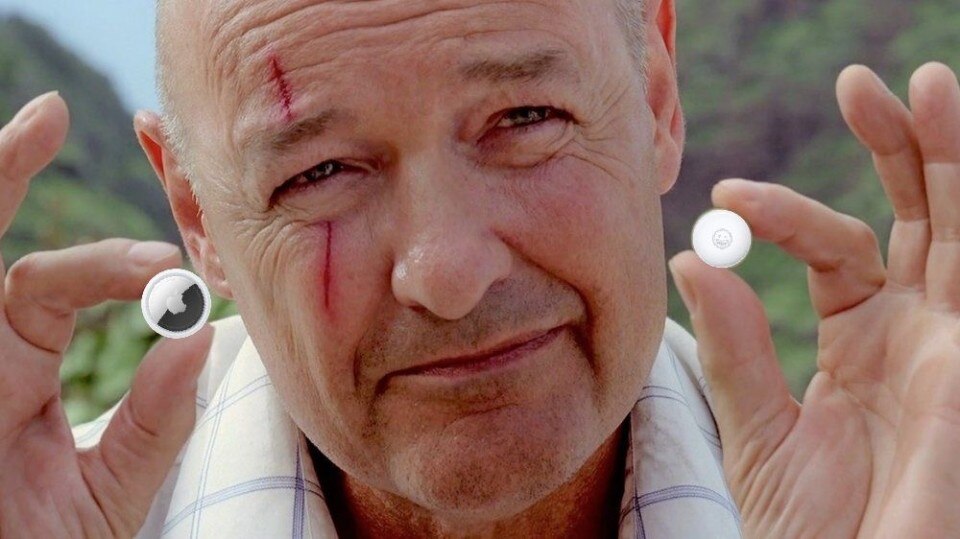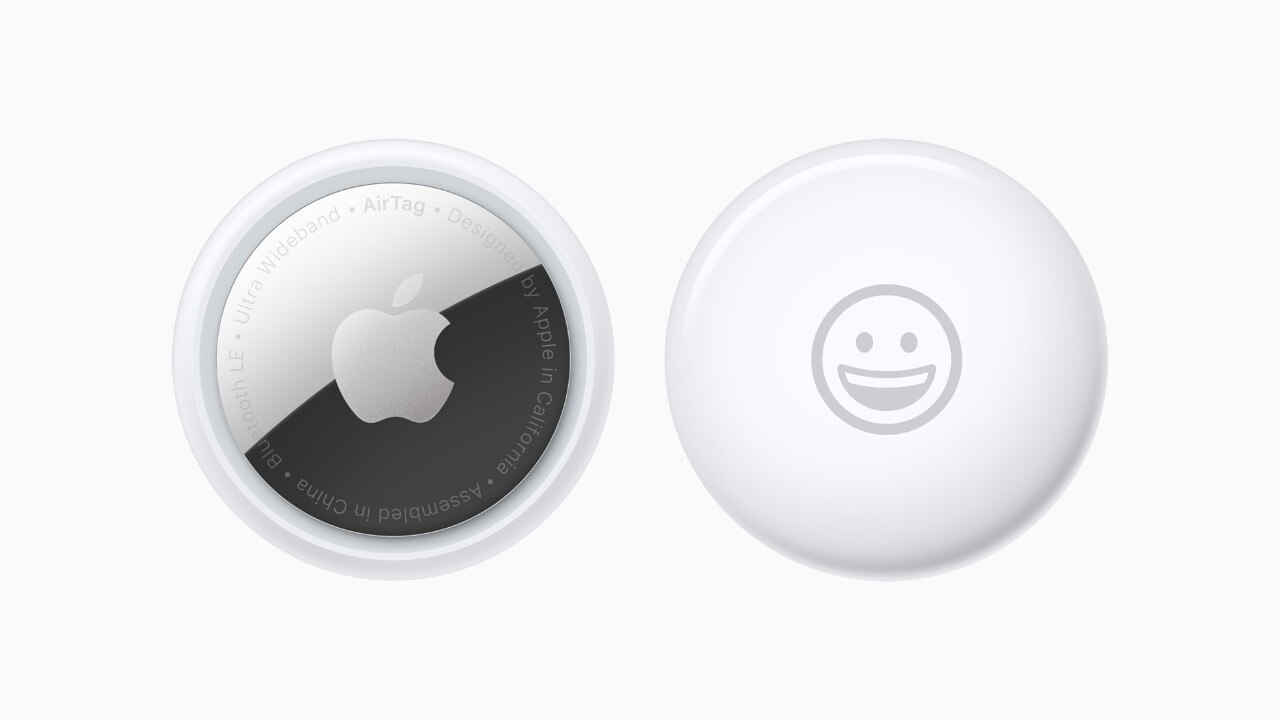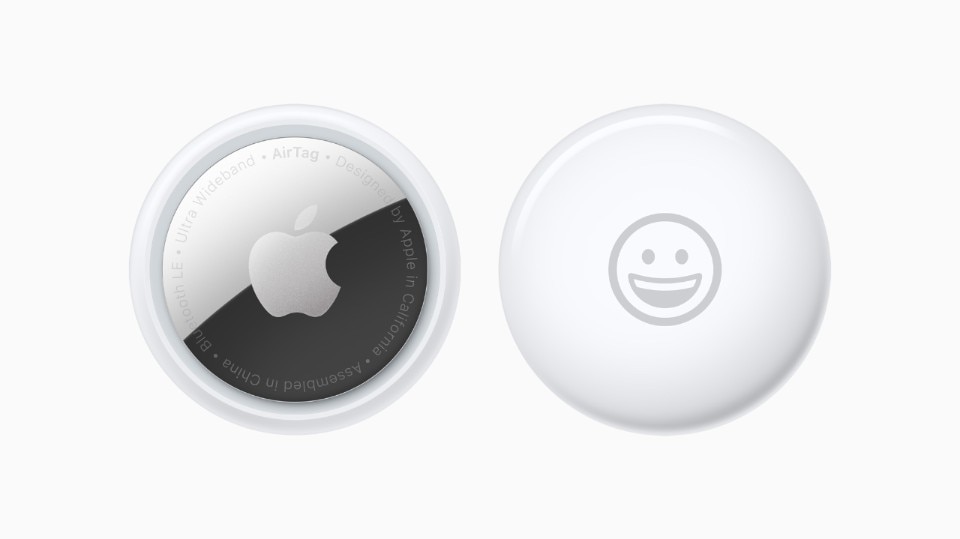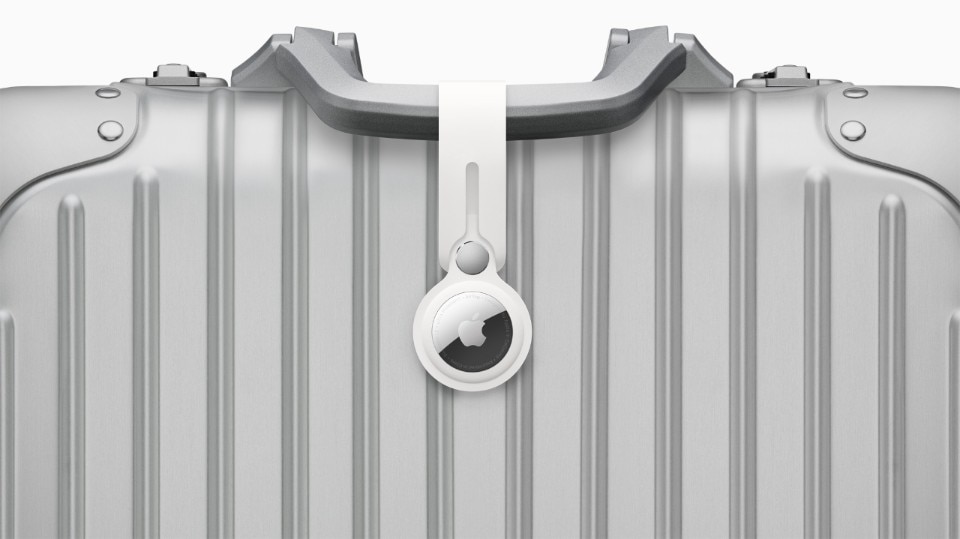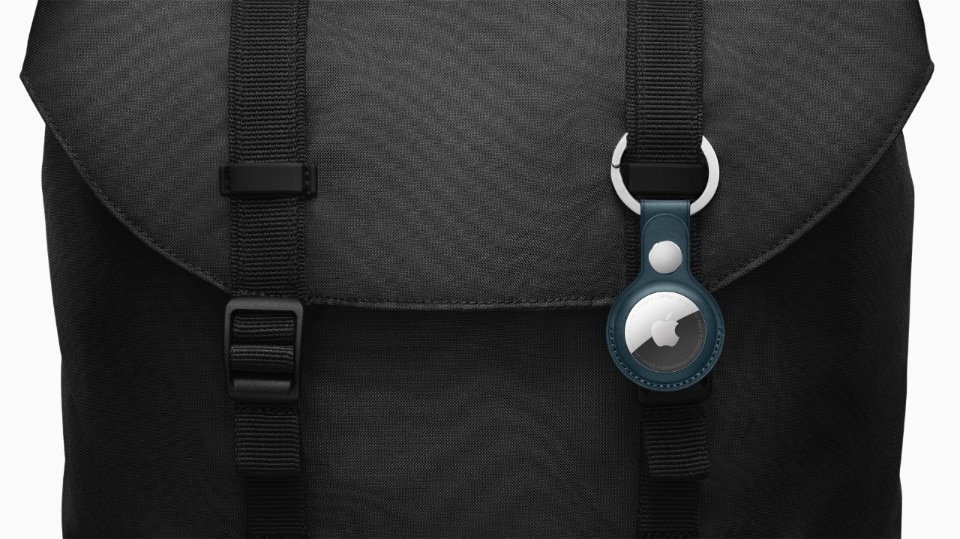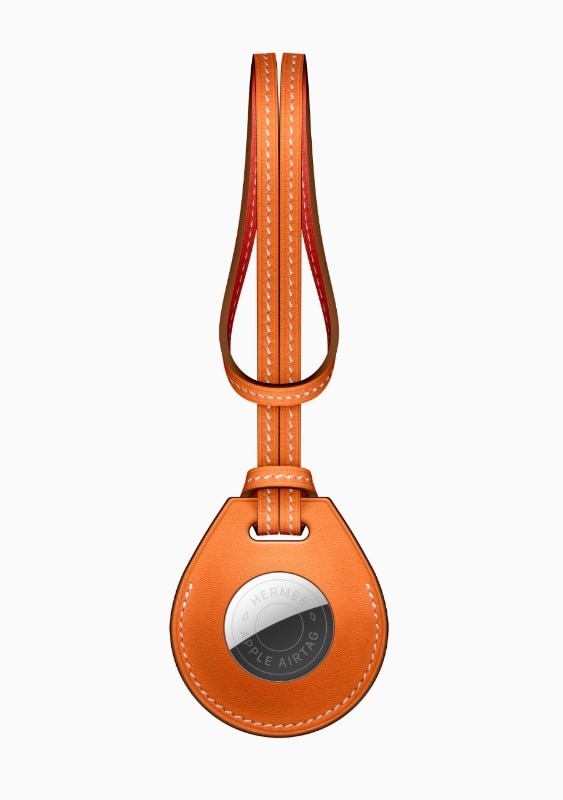In Lost, the show that in some way inaugurated the golden age season of TV series, it is not objects that are lost, but characters: Jack, Locke, Kate, Sawyer, Charlie and all the others (and the Others). Lost geographically, first of all, and lost humanly, existentially, as millions of viewers around the world have learned during the six seasons of the series. Which debuted in 2004, well before we were accustomed to always carry in our pockets a smartphone that tells us where we are, with an accuracy almost to the centimeter. Not that it would have done much good on Lost’s island.

Our idea of “where we are” less than twenty years ago was undoubtedly different than it is today: getting lost has become more difficult, perhaps almost impossible. It’s the cornerstone of the modern dream of mapping everything, of cataloging every object or living thing on the planet and placing it in a precise location on the globe and beyond, as fans of Perseverance and the other Mars rovers know well.
I'm all lost in the supermarket/I can no longer shop happily/I came in here for a special offer/A guaranteed personality (The Clash, Lost in the supermarket, 1978)
Officially unveiled in April, Apple Airtags were rumored for at least a couple of years. They are aluminum medallions on one side, with the Apple logo, milky white on the other, customizable with an emoji to be chosen during purchase on the online store; an archaeologist of the future could mistake them for the coins used in Cupertino, California. They are used to avoid losing objects, they can be hooked to keys, left in the purse, hidden in the bike seat. The setup is as easy as you'd expect from Apple; then all you need is an iPhone in your pocket to summon objects like Harry Potter does in the movies. Connected to the smartphone via Bluetooth, the strength of the Airtags is in the network of Apple's Find My app, which is extended by every’s iPhone, iPad or Mac bluetooth range: a gigantic network, among the meshes of which many of the lost Airtags will be relocated on the digital map, if not all of them, with every single Apple user becoming a sort of antenna, a repeater, a diviner.
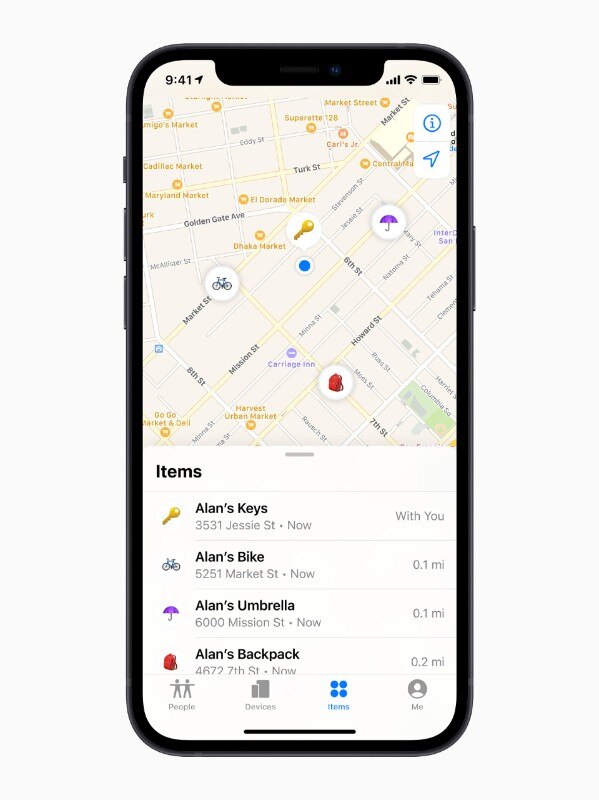
Airtag technology is also being used by other brands, in collaboration with Apple. When the electric bike brand VanMoof announced that it would integrate it into the updated edition of its S3 and X3, the enthusiasts' forums started buzzing with discussion about how it is possible to insert an Airtag into the saddle of older models (mostly launched last year, ed.). So that you can always track your VanMoof bike, which by the way is already equipped with a sophisticated anti-theft system. Few will be afraid of losing it, many that it could be stolen. The issue obviously enters a gray zone. Just as it advises against using them to avoid losing dogs, cats or other pets: not that it can't work, but probably the company wants to prevent any liability in case the pets are no longer found.
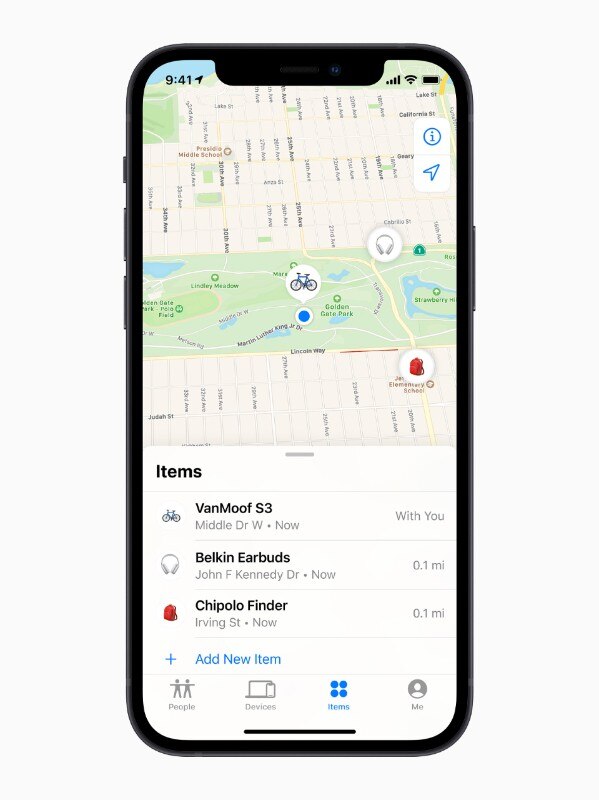
The iPhone will warn you if someone has hidden an Airtag in your purse or under the car seat to stalk you. Privacy is a core value for Apple, which recommends using its Watch to watch over your family members – children, teens or the elderly. The SE model of the device doesn't need to be connected to a personal iPhone, but can sync with that of a family member, who is referred to as a “guardian”. Even Apple Park, the company's brand new headquarters in Cupertino, is a ring reminiscent of the shapes of the Benthamian panopticon, an architecture that symbolizes total transparency within.
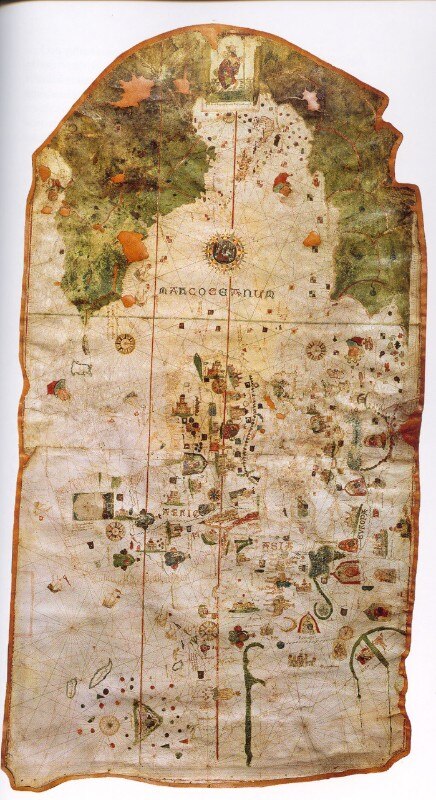
In her 2015 memoir M Train, American artist Patti Smith recounts many important losses, including one that might seem perhaps less relevant, that of a coat given to her by a friend for her fifty-seventh birthday, a garment bestowed with the vaguely mystical property of making the singer “feel like herself” every time she wore it. A coat that, during a colder-than-usual winter, was never to be found again. It's a passage Pulitzer Prize winner Kathryn Schulz quotes in When things go missing, a flood of reflections on what it means to lose, published in The New Yorker in 2017. Schultz writes that there are two explanations as to why we lose things: the psychoanalytic one, one of Freud's charming fairy tales, for which it would ultimately be, an achievement, a “deliberate sabotage of our minds by our subliminal desires”. For science, on the other hand, we lose something because we can't retrieve a memory, or we simply didn't encode it in the first place.
‘D’you want help finding them?’ ‘Oh no,’ she said, smiling at him. ‘They’ll come back, they always do in the end.’ (J.K. Rowling, Harry Potter and the Order of the Phoenix, 2003)
In our society, losing something is a recurring nightmare, even when we are completely asleep. Browsing through sites and discussion groups, the theme of the loss of objects, in the real world or in dreams, is proportional to the data on the subject: every day we spend at least 10 minutes looking for things, especially keys, glasses and telephone, and only in the cabs of Chicago are lost each year about 120 thousand phones. The social psychologist Brandon Berry, in his study Lost! The Social Psychology of Missin Possessions, published a decade ago, explains how loss is an opportunity for “an existential reflection on the ease of movement over the course of a lifetime”, closely related to what life is, at that particular moment, for the loser. Perhaps not paradoxically, one of the most obscure fragments left by Frederick Nietzsche comes to mind, that "I forgot my umbrella" on which the French philosopher Jacques Derrida builds a case from the uncertainty of the signifier – is that umbrella really an umbrella, or something else? – at the end of small book published in 1978 and titled Éperons. Lost the umbrella, and lost Frederich Nietzsche, we will never know what he meant. If he really meant anything at all.
There are three things we cry for in life: things that are lost, things that are found, and things that are magnificient (Douglas Coupland, Girlfriend in a Coma, 1998)
In her article for the New Yorker, before delving into the delicate tale of what is lost because life in this world breaks down, Kathryn Schultz – who will publish a book called Lost & Found the next year – summarizes the matter probably better than many who have gone before her: “The better explanation, most of the time, is simply that life is complicated and minds are limited. We lose things because we are flawed; because we are human; because we have things to lose”. And losing is such a human thing, and we are so accustomed to the inescapable certainty that objects are loseable, and to the battle we wage not to lose those that mean the most to us, that it really does seem like a Hogwartsian scenario of a world in which everything could be conjured up in real time, without ever worrying about losing it. A world in which it would still be possible to get lost and lose, yes, but not on the map and perhaps not even on the island of Lost. Only elsewhere.
